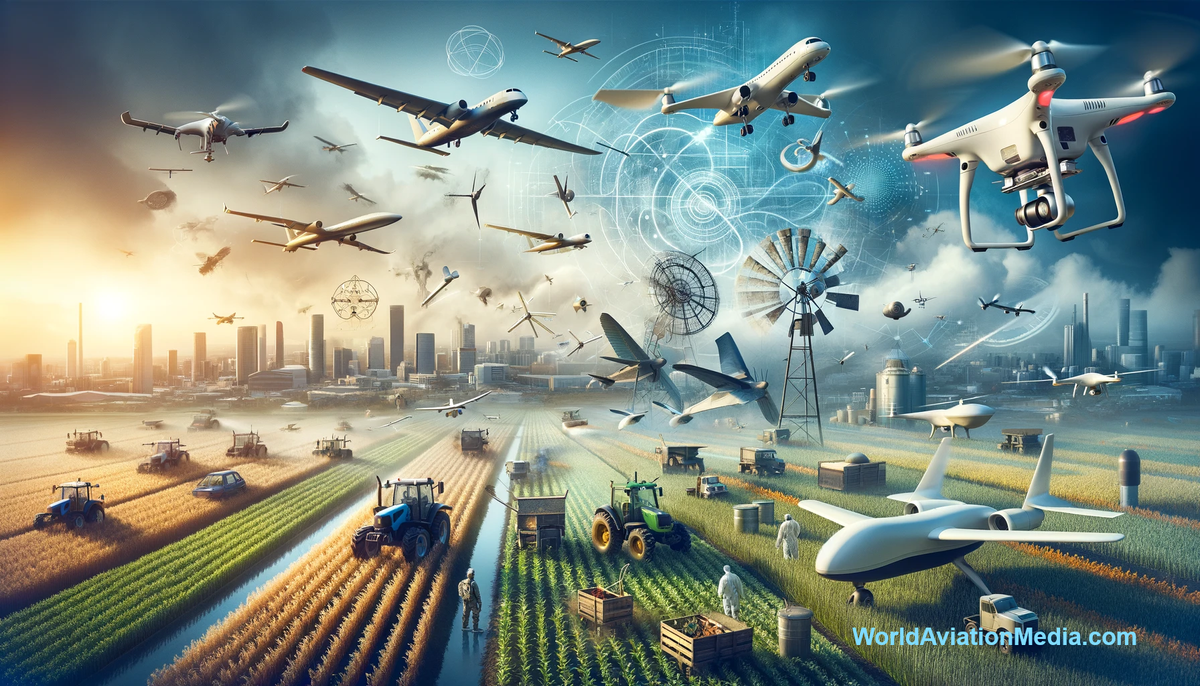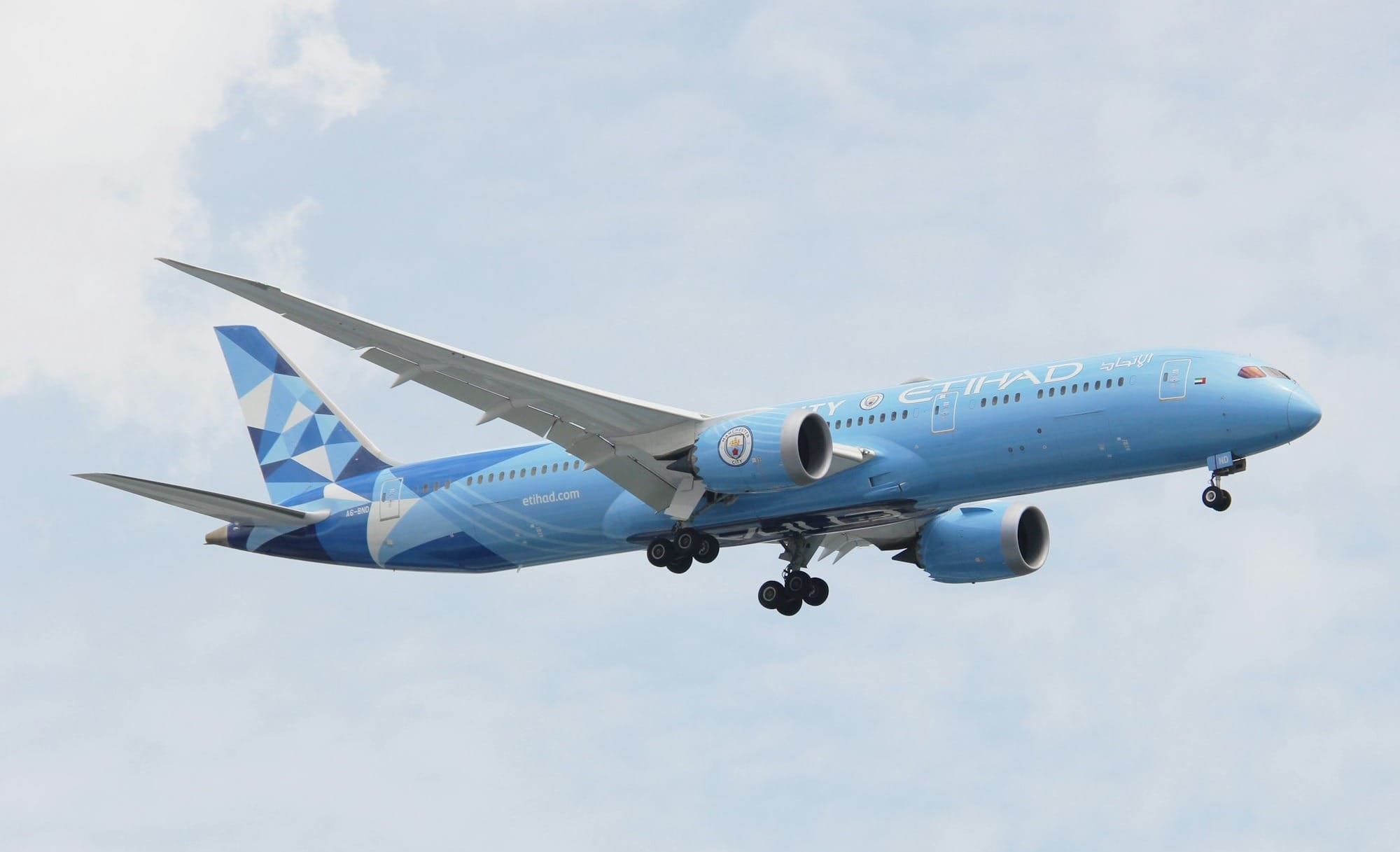Top 10 Key Events in the Unmanned Aviation in 2023
The unmanned aviation industry has witnessed a series of groundbreaking events in 2023 that have not only shaped the sector but have also paved the way for future advancements. From regulatory changes to technological breakthroughs...


Top 10 Key Events in the Unmanned Aviation in 2023
The unmanned aviation industry has witnessed a series of groundbreaking events in 2023 that have not only shaped the sector but have also paved the way for future advancements. From regulatory changes to technological breakthroughs, the landscape of unmanned aviation is evolving at an unprecedented pace. This article delves into the top 10 key events that have marked the unmanned aviation industry in 2023.
Key Takeaways:
- Unmanned aviation continues to evolve with significant advancements and milestones achieved in 2023.
- Regulatory frameworks are adapting to accommodate the rapid growth and technological innovation in the drone industry.
- Partnerships between government entities and private companies are pivotal in driving the unmanned aviation sector forward.
Introduction of Advanced Traffic Management Systems:
The deployment of Unmanned Aircraft System Traffic Management (UTM) platforms in 2023 represents a critical step forward in the safe incorporation of drones into national airspaces, improving the coordination of numerous unmanned flights.
Breakthroughs in Long-Range UAV Operations:
Long-range UAV capabilities have been brought to the forefront by initiatives such as Zipline’s medical delivery drones, which perform long-distance flights beyond the visual line of sight, transforming industries like healthcare and logistics.
Advertising
Expansion of Drone Delivery Services:
Major players like Amazon Prime Air have scaled up their drone delivery services in 2023, showcasing the efficiency and environmental advantages of unmanned delivery systems.
Enhanced Autonomy in Drone Technology:
The progression of AI-driven drone autonomy is exemplified by DJI's latest drone models, which offer advanced navigation and operational independence, expanding their potential uses across various sectors.
Implementation of Global Regulatory Standards:
The introduction of global drone regulatory standards in 2023, set by entities such as the International Civil Aviation Organization (ICAO), has provided a harmonized framework that supports international drone operations and bolsters safety.
Advancements in Anti-Drone Technology:
The advancement of anti-drone systems, including DroneShield’s counter-UAS technology, is essential for safeguarding sensitive locations from unauthorized drone activities.
Proliferation of Urban Air Mobility (UAM):
Urban Air Mobility has made significant strides with projects like Uber Elevate, which are integrating eVTOL aircraft into city transportation networks, offering sustainable alternatives to traditional ground transportation.

Increased Use of Drones in Disaster Response:
In 2023, drones have become instrumental in disaster management, with organizations such as the Red Cross utilizing them for real-time data gathering and delivery of aid in emergency scenarios.
Growth in Agricultural Drone Applications:
The agricultural industry has seen a surge in the adoption of drone technology for tasks like crop monitoring and spraying, with companies like AeroVironment providing specialized UAV services that boost farming efficiency and productivity.
Collaboration Between Industry and Academia:
Joint ventures between industry giants and academic powerhouses, such as MIT’s drone research, have propelled innovation and workforce development within the unmanned aviation sector.
Advertising
Summary:
The year 2023 has been a transformative period for unmanned aviation, with progress spanning from the implementation of sophisticated traffic management systems to the expansion of UAM and the increased application of drones in agriculture and disaster response. These advancements not only highlight technological evolution but also underscore the critical role of regulatory frameworks and industry-academia partnerships in steering the future of unmanned aviation.



